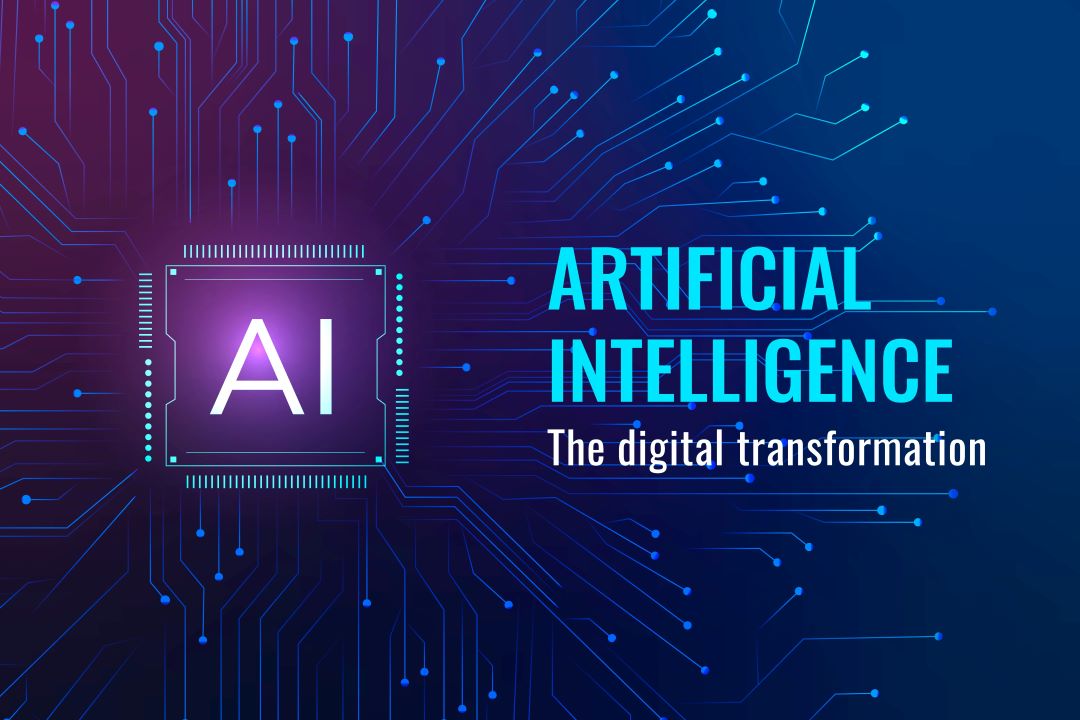Artificial Intelligence (AI) and Machine Learning (ML) are often thrown around in conversations these days, but do we fully grasp what these concepts entail?
Artificial Intelligence, or AI, refers to the simulation of human intelligence in machines programmed to think like humans and mimic their actions.
What is Machine Learning?
Machine Learning, a subset of AI, involves the study of computer algorithms that improve automatically through experience and the use of data.
Latest Developments in Artificial Intelligence
AI has grown in leaps and bounds over the years, with advancements touching various domains.
Improvements in Natural Language Processing
One key area that has seen a significant upgrade is Natural Language Processing (NLP).
GPT-4: The Next Leap
With GPT-4, AI can now write almost like a human, often creating content indistinguishable from what a human writer could produce.
Multilingual AI Models
There’s also the impressive development of multilingual AI models, capable of understanding and translating multiple languages with remarkable accuracy.
Progress in Computer Vision
Let’s not forget about AI’s eyes: Computer Vision.
AI and Facial Recognition
Facial recognition technology has gotten more advanced, with AI being able to identify individuals even in crowded spaces.
Object Detection and Tracking
AI can now also detect and track objects with high precision, making it instrumental in areas like autonomous vehicles and security.
Latest Developments in Machine Learning
But what about Machine Learning? Let’s delve into that.
Reinforcement Learning
One of the areas that have seen a lot of growth is Reinforcement Learning.
Multi-Agent Reinforcement Learning
This involves training multiple AI agents to work together or compete against each other, leading to AIs that can strategize and collaborate effectively.
Federated Learning
Then there’s Federated Learning.
Advancements and Applications
This novel approach allows machine learning models to learn from many decentralized devices, leading to enhanced privacy and less data usage.
AI and ML in the Real World
You might be wondering, where are all these technologies used?
AI in Healthcare
AI has made a significant impact in the healthcare sector, from diagnosing diseases to assisting in complex surgeries.
ML in FinTech
Machine Learning, on the other hand, has revolutionized the financial industry, with applications ranging from credit scoring to algorithmic trading.
The Future of AI and Machine Learning
What does the future hold for AI and ML?
Predictions and Expected Trends
As we continue to push the boundaries of what AI and ML can do, we can expect even more ground-breaking developments, from AI that can mimic human emotions to ML models that can predict global trends.
Conclusion
It’s safe to say that the advancements in AI and ML are revolutionizing our world. And if the recent developments are anything to go by, we are just getting started.
Frequently Asked Questions(FAQs)
1. What is Artificial Intelligence?
Artificial Intelligence (AI) refers to the capability of a machine to imitate intelligent human behavior. It’s about creating systems that can perform tasks that would normally require human intelligence, such as understanding natural language, recognizing patterns, solving problems, and making decisions.
2. How does Machine Learning work?
Machine Learning (ML) is a subset of AI where machines are given access to data and they use this data to learn for themselves. It’s based on the idea that systems can learn from data, identify patterns, and make decisions with minimal human intervention. The learning process is iterative, meaning that as models are exposed to new data, they adapt their responses to improve.
3. What are some of the latest developments in AI?
The latest developments in AI include improvements in Natural Language Processing (NLP) such as GPT-4, which can generate human-like text, and multilingual AI models that can translate multiple languages accurately. Also, progress in Computer Vision has led to more advanced facial recognition and object detection and tracking technologies.
4. What’s new in Machine Learning?
Recent developments in Machine Learning include advancements in Reinforcement Learning, particularly Multi-Agent Reinforcement Learning, where multiple AI agents learn to work together or compete against each other. Another significant development is Federated Learning, which allows ML models to learn from many decentralized devices, enhancing privacy and reducing data usage.
5. How is AI being used in healthcare?
AI is transforming the healthcare sector in various ways. It’s being used to predict patient outcomes, assist in diagnosis, personalized treatment plans, and even perform complex surgeries with precision. AI-powered chatbots are also being used to provide mental health support.
6. What role does ML play in FinTech?
Machine Learning is playing a pivotal role in FinTech. It’s used for credit scoring, fraud detection, customer segmentation, predicting customer lifetime value, algorithmic trading, and managing portfolios, among others. ML algorithms help in analyzing vast amounts of data to make quick and accurate financial decisions.
7. What are the advancements in Natural Language Processing?
Advances in Natural Language Processing (NLP) include more sophisticated sentiment analysis, improved language translation, and the ability to generate human-like text. The latest models like GPT-4 can produce content that is almost indistinguishable from what a human writer could produce.
8. How has Computer Vision evolved?
Computer Vision has evolved to become more accurate and efficient. It now includes advanced facial recognition technologies that can identify individuals even in crowded spaces, and object detection and tracking technologies that are crucial in fields like autonomous vehicles and security.
9. What is Reinforcement Learning?
Reinforcement Learning is a type of Machine Learning where an agent learns to make decisions by taking actions in an environment to achieve a goal. The agent is rewarded or penalized based on the outcomes of its actions, and it uses this feedback to improve its future decisions.
10. What is Federated Learning and why is it important?
Federated Learning is a Machine Learning approach where a model is trained across multiple decentralized devices or servers holding local data samples, without exchanging the data samples. This approach is important because it allows for data privacy, reduces the amount of data that needs to be transferred, and enables more individuals and organizations to participate in training machine learning models without having to share raw data.
In this age of technology, AI and ML continue to break new ground, shaping the future in ways we have yet to fully comprehend. Remember, we are the creators and the caretakers of these extraordinary tools. It’s up to us to guide their growth and ensure they are used to enhance lives and societies.



